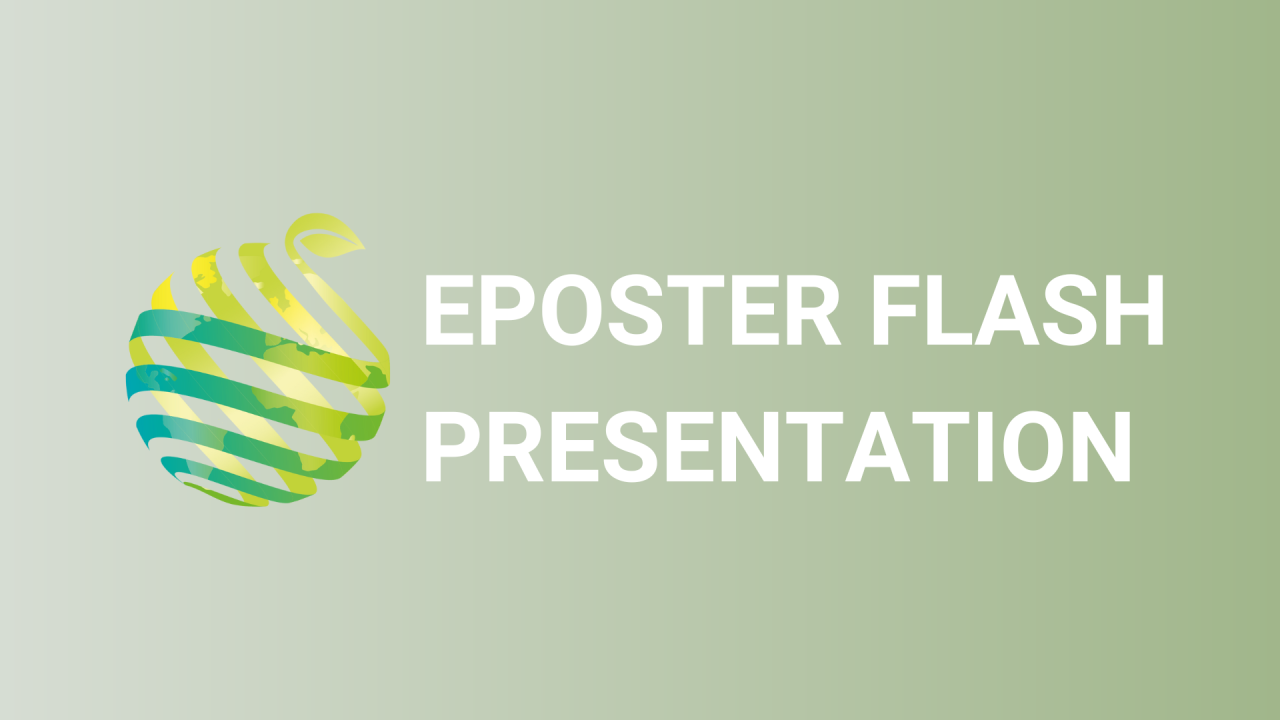

S11 - Session P1 - Physiological responses of passion fruit to drought stress and attempt to reduce the stress by cross-protection with heat treatment
Information
Authors: Tomohiro Kondo *, Ayako Koyama
Physiological responses in passion fruit to drought stress was investigated. Plants, propagated by cutting, grown in pots were not irrigated 12 days, and then irrigated 8 days. During the drought and re-irrigation treatments, photosynthetic rate (Pn), stomatal conductance (g s ), maximum quantum efficiency of photosystem II (Fv/Fm), leaf water potential (Ψ w ), and vegetative growth were measured. In addition, for testifying the effects of cross-protection using heat treatment on reducing drought stress, the plants immediately after rooting were subjected to heat treatment at 35, 45, and 55 °C for 90 minutes. And so, the experiment was conducted with a two-factor factorial design. After 5-day drought treatment the stress was not severe, while after 12-day that was severe; soil water potentials were -10, -20, and -600 kPa after 3-, 5-, and 12-day drought treatment respectively. Interaction between drought and heat treatment was not significant for all data and heat treatment did not reduce drought stress. At mild drought stress, g s decreased rapidly, while Pn decreased slowly; after 3- and 5- day drought treatment, g s decreased by 85 and 93 % and Pn decreased by 55 and 84 %. After 12-day, Pn was lower than limit of detection and g s decreased by 95%. By re-irrigation Pn and g s were recovered. After 6- and 13-day drought treatment, Ψ w were -0.54 and -0.67 MPa in drought treatment and -0.29 and -0.20 MPa in control, and Ψ w was not recovered fully by re-irrigation. Fv/Fm was not decreased. Unexpanded and new leaves were not wilted by drought treatment while matured leaves were wilted, though after re-irrigation those were recovered. No leaf fall during the experiment. By drought treatment, vine extension and leaf formation were suppressed. After re-irrigation, leaf in the drought treatment increased at the same rate as in the control, while vine extension was still suppressed slightly.